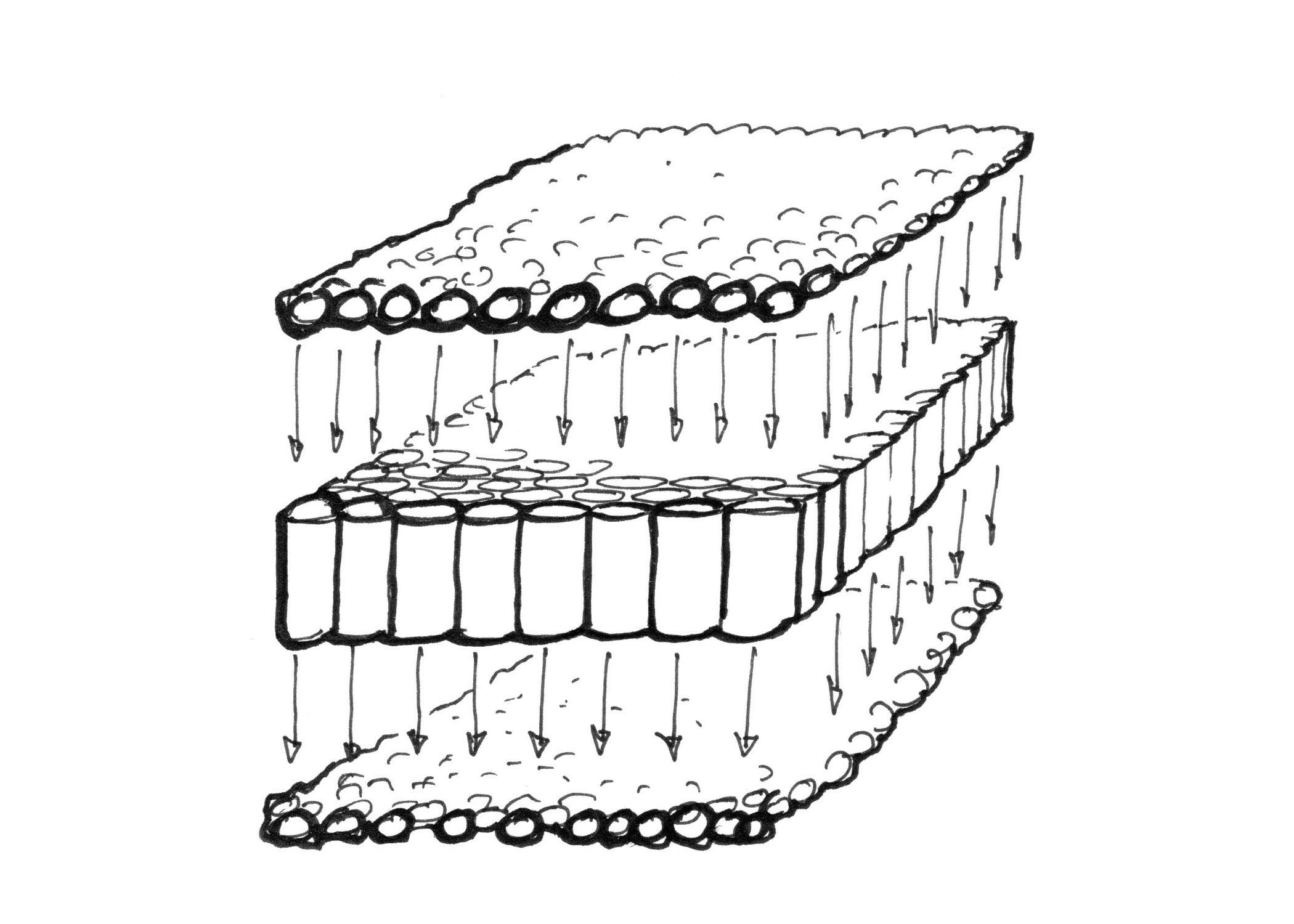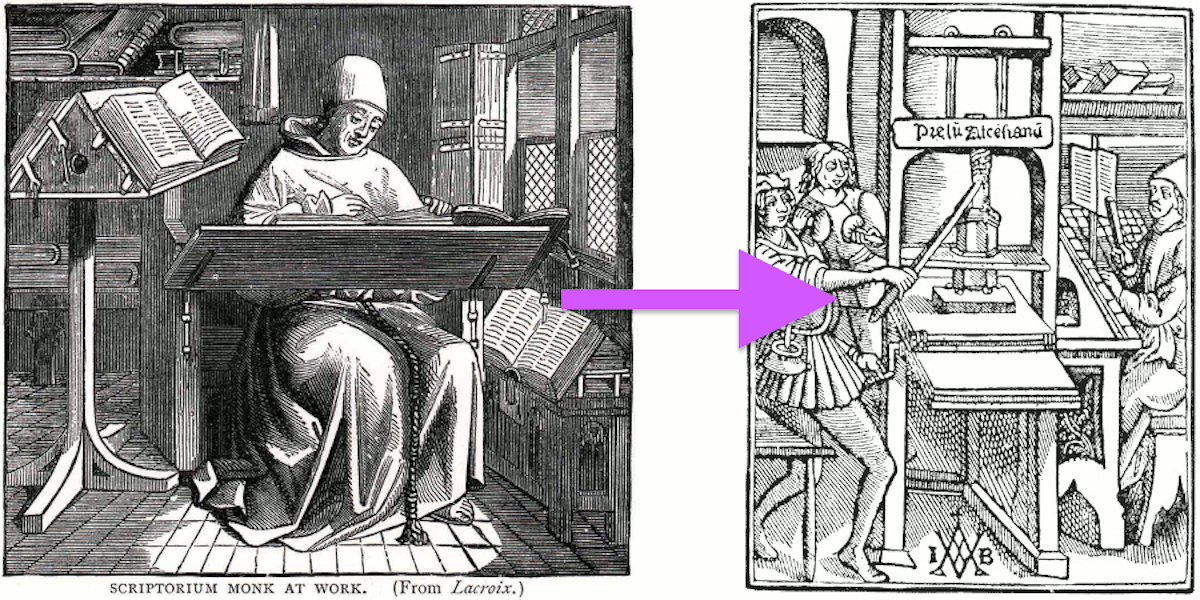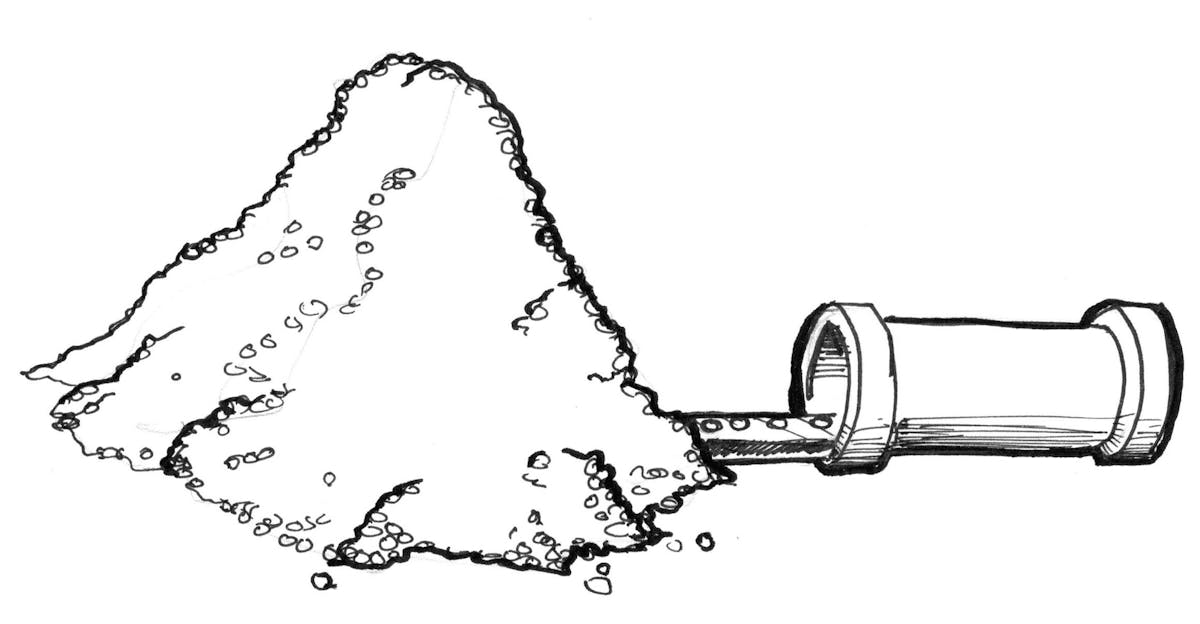
GLSL refers to openGL shading language, which is known as the standard of shader programs. Gonzalez Vivo & Lowe refer to the revolutionary computational technique, fragment shaders, which have the ability to take generated images to the next level, being the equivalent of Gutenberg's press for computer graphics (Gonzalez Vivo & Lowe, 2014). Shaders provide overall control over pixels rendered on the screen at very high efficiency making them ideal as they can be used in many different places such as video filters on cell phones or 3D video games. Due to their performance, shaders are quite attractive to designers but also require coding experience, where basic knowledge of linear algebra and trigonometry is helpful (Gonzalez Vivo & Lowe, 2014). When working with shaders each pixel and thus the texture can be altered in any desired way. There are two types of shaders; vertex and fragment shaders. One main difference between vertex and fragment shaders is that a vertex shader can manipulate the attributes of vertices. The fragment shader on the other hand is responsible for how the pixels between the vertices look. They are interpolated between the defined vertices following specific rules.



